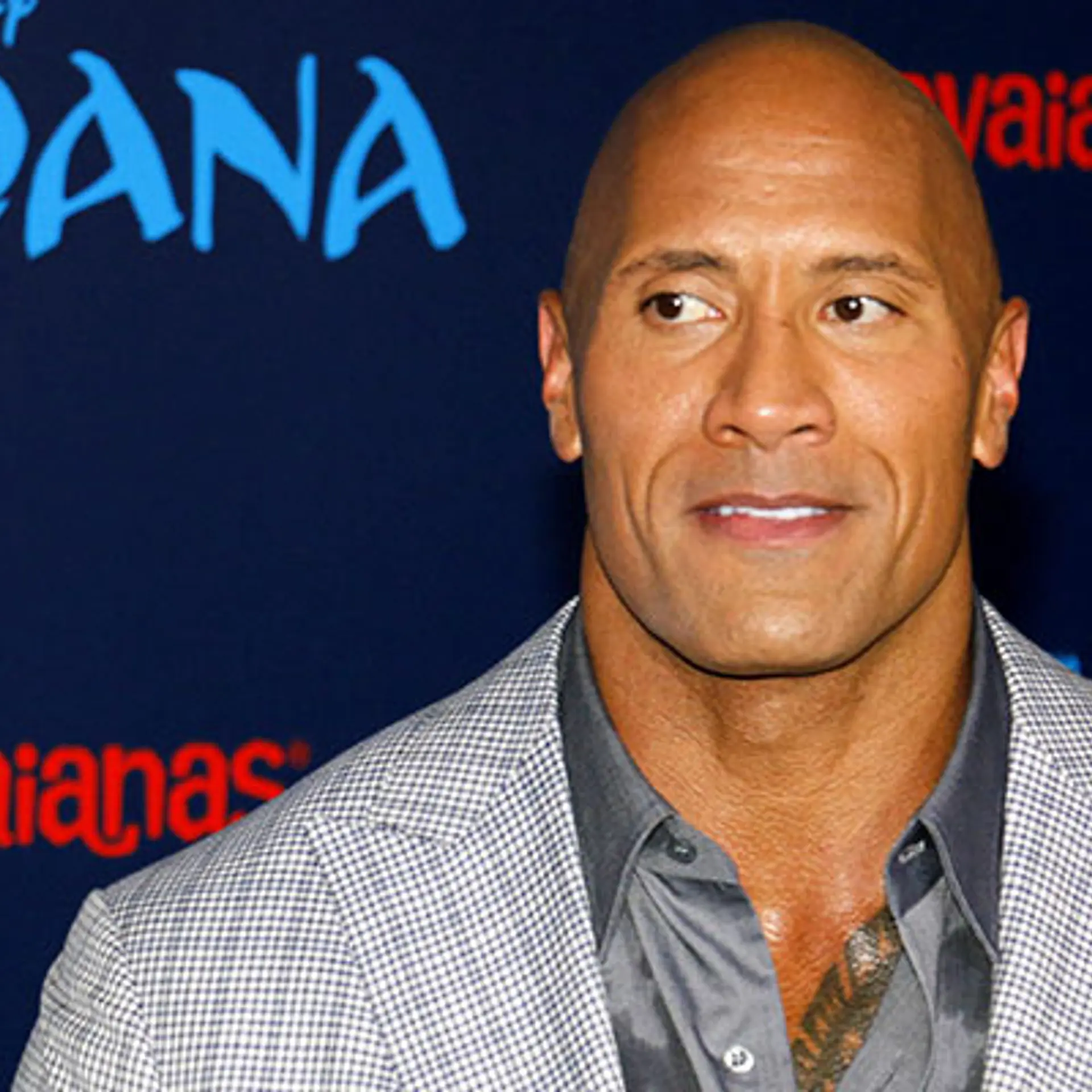[Podcast] What lies ahead for digital health post-pandemic
Dr Bertalan Meskó, Director of The Medical Futurist Institute, talks to Radhika Ananth, Vice President, Accel about what holds for the future of digital healthcare in India.
The future of digital health pertains to a myriad of technologies put together. Whether it is Artificial Intelligence (AI), advanced health sensors, genomics or robotic surgeries, or all of them put together, digital healthcare is very much technology-based only on paper.
What really matters is how much of a cultural transformation can digital health and traditional healthcare go through.
The typical doctor-patient relationship as part of its legacy hierarchy could be transformed into an equivalent partnership between the two. It involves a passive patient turning into a proactive e-patient, or a physician simply changing into a medical guide within the plethora of medical information around.
This kind of transformation is far more beneficial and essential, as compared to the futuristic technological advancements. These developments in technology would only complement this cultural shift. While these cultural changes were initiated by technology and innovation, however, they are not driven by technology directly.
Dr Bertalan Meskó, Director of The Medical Futurist Institute, says,
"Assuming that the patients are given 20 state-of-art technologies for them to use, there is no way all the huge chunks of data can be analysed and uploaded into the medical records without the help of a physician. There won’t be any significant improvement in healthcare and disease management unless there is an equivalent patient-physician partnership established.”
Simply put, the future of digital health signifies that the doctors are going to come to the patients themselves. The patients will have direct access to treatment, diagnosis and monitoring coming to them wherever they are, with only the doctors approaching them, but not the vice-versa.
North Star for Healthtech companies
The lines drawn by healthcare companies tinkering with digital health should have to be strictly around establishing a ‘Point of Care’ mechanism. If these companies develop something that does not support this form of a long-term goal, they might actually be going against the fundamental nature of digital health.
- Besides, patient design is something that can help healthtech companies align themselves with the vision of digital health fully.
- Only if and when the upcoming products are appropriately in-line with what the patients really need for diagnosis, would the healthtech companies be successful in their business as well.
- This involves keeping the patients a part of the highest-level decision-making processes at these companies.
- Imagine a patient-design advisory board consulting frequently with the CEO or Founders’ office directly.
- If companies have something like it established, they are bound to develop products and services highly aligned with the clinical needs of real-life patients for their treatment and disease management.
Dr Bertalan said,
“You’d be surprised with how much certain categories of patients can contribute to the table, if they are brought on to this advisory board. Some have an economics background, some come from science, some are scholars who publish papers and journals for medical practice. While it might seem like a strange concept involving patients in chronic diagnosis, treatment design and even building technologies, it is indeed a reality in some markets.”
He adds that there are thousands of patient contributors who actually end up becoming keynote speakers at healthtech forums and conferences. Some go on to publish notes and papers in medical journals, have been very vocal about their medical needs on social media.
This goes to show that a strong sounding board to the CEO need not necessarily involve healthcare professionals and experts but also patients.

Dr Bertalan Mesko, Director of The Medical Futurist Institute in conversation with Radhika Ananth, Vice President at Accel
Hospitals and Digital Health
Many hospitals market themselves to be paperless and contact-less. But even in 2020, there is still a large room for improvement and optimization. While the transition takes time and is understandable, it need not mean that the future of healthcare should solely be about shiny, bigger or more modern hospitals.
- The objective for these hospitals should be around providing healthcare at the comfort of a patient’s home and wherever they are.
- The patients should not have to visit the hospital unless they want to meet the medical professional in person or have access to any equipment like MRI and CT which they would not have at home.
- While the larger picture is about bringing healthcare to the patients directly but not the vice versa, the obvious steps forward would be going fully paperless, using 5G technologies to connect the devices and so on.
As for India, 80-85 percent of medical consultations are now going online and telemedicine is on the rise. Of these, around 50-60 percent of patients are happy and satisfied with the treatment and diagnosis. While this is a huge shift as compared to the pre-COVID-19 times, a holistic overall adoption of these trends is yet to fully play out in the country. We will also see the rise of vertical, full-stack telehealth platforms across indications such as mental health, oncology, cardiology and chronic care gain momentum as deeply focused points of care providers. The benefits to patients would be standardization of care, cost effectiveness and ease of care.
Managing a pandemic in the future
If there is one thing that COVID-19 pandemic is bound to teach humanity, is it be better prepared when similar outbreaks arise in the future. A healthcare startup BlueDot from Canada, in its report, shared that the outbreak is fast spreading in China even before the World Health Organisation (WHO) reported it.
The startup’s outbreak risk software helps and mitigates the exposure to these forms of infectious diseases using Artificial Intelligence.
It goes to show that healthcare organisations, governments, and public health officials would have to rely on these AI-based systems in the future to prevent similar outbreaks from reoccurring. Telemedicine should have been a norm already a decade ago, but is becoming the new normal only now.
What will a patient from the future look like?
The step zero would be to go online to find forums and groups for peer support, second opinions and finding information and questions about the health issues people have.
With all the smart devices available, it’s about time people start measuring their sleep quality, fitness activity, genome sequences, and start to gather data around the possible medical conditions they are at risk for. Based on this data, they would want to consult their primary healthcare physician and prepare a preventive plan and necessary measures.
There will be greater emphasis on translating discussions to actions in value based healthcare. In India, the translation would be through insurance companies actively managing and tracking their catchment population’s health and enabling them with customised insurance products to take proactive care measures outside the hospital setting. With the current private insurance penetration less than 10 percent, and is touted to grow more than 30 percent in the next few years, we expect to see comprehensive insurance care management plans in India.
While these steps are really small with respect to the larger scheme of things, the real patient from the future should be able to access healthcare cross-borders.
“It might sound like a big thing, but a patient’s healthcare records and data must have to be in his or her country’s native medical records. People themselves might not be able to cross the borders for healthcare, but Data can. Just like goods and services are now being shipped and transported all around the world, globalised healthcare access should become a thing of normalcy for the future patient.
- If there is a cancerous tissue sent to a startup in Belgium that specialises in sequencing the DNA of the tumorous sample, they would simply use a cloud database in the US to identify if there are any matching clinical trials pertaining to the condition.
- Based on the mutations in this cancerous tissue, if there is a clinical trial in a French pharma company on a Spanish island, they would look for the patient’s specific genetic mutation and the subsequent medicine.
- This means that the patient would get a precise medicine-based customised treatment plan for the cancerous tissue without having to meet anyone from the native or national healthcare system.
The Privacy Conundrum
Without a patient’s data in place, there cannot be such a thing as revolution in AI or digital health advancement. With patient data coming in from various sources like digital health records, fitness trackers, genetic tests, online choices and lifestyle habits, there is also a level of privacy breach also involved equally.
- As long as the patient makes a choice on how much of this privacy he or she is willing to give up in exchange for a longer and healthier life, it does hold right under ethical standards. However, the situations are very different from country to country, with plenty of corresponding restrictions, and hence it is an ethical bet at the moment.
- So it is imperative that enough policy makers, medical professionals and public healthcare officials get to understand what is really at stake, to ensure that the ethical nightmares do not turn up.
- However, the patient would not want his or her relationship with the primary healthcare physician to be remote-only. There is a certain level of trust and understanding built between the patient and the medical professional which only humans are capable of building.
While this is possible only by meeting with the doctors in person and in real-time, the possibility of healthcare being remote is completely ill-advised.
“While healthcare will not and should not move to a remote-first approach, it is critical that all the stakeholders involved should understand that a certain cultural transformation is necessary to improve digital healthcare.”
Anand Daniel is a seed/early-stage venture investor with Accel Partners.
Edited by Kanishk Singh
(Disclaimer: The views and opinions expressed in this article are those of the author and do not necessarily reflect the views of YourStory.)


![[Podcast] What lies ahead for digital health post-pandemic](https://images.yourstory.com/cs/2/a09f22505c6411ea9c48a10bad99c62f/Accel-PodcastThe-Medical-Futurist-Institute-01-ConvertImage-1607154855510.jpg?mode=crop&crop=faces&ar=2%3A1&format=auto&w=1920&q=75)
![[Podcast] Freshworks CEO Girish Mathrubootham lays out the qualities that make founders stand out](https://images.yourstory.com/cs/2/a09f22505c6411ea9c48a10bad99c62f/Accel-PodcastFreshworks-01-ConvertImage-1605786229800.jpg?fm=png&auto=format&h=100&w=100&crop=entropy&fit=crop)
![[Podcast] The Scale Playbook: key ingredients to drive scale and value creation](https://images.yourstory.com/cs/2/11718bd02d6d11e9aa979329348d4c3e/Image17dx-1604743686341.jpg?fm=png&auto=format&h=100&w=100&crop=entropy&fit=crop)




